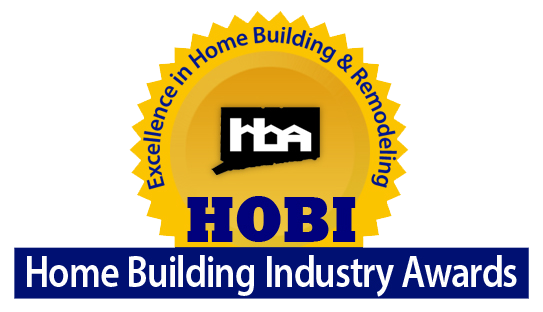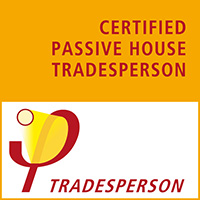While we are proud of the results we have achieved building to Energy Star requirements, we continue to push the envelope even further by staying on top of technological developments from both a products and practices standpoint — and as a result, we have a proven track record of building and remodeling homes that exceed the estimated energy savings of Energy Star.
Maximizing Energy Efficiency
Even though each and every home is made up of thousands of different parts, in our approach, we recognize the whole home as one complete system. Hence, we are able to develop a comprehensive plan for the project right from the start that incorporates both design and advanced technologies to create homes that deliver the greatest energy savings and performance; homes with HERS scores consistently in the range of 40-50.
There is no such thing as a cookie cutter approach or solution to energy efficient design and construction.” Within the whole home system approach, we tell clients that there are multiple options or elements in terms of design and building solutions that can be combined in a variety of ways to produce a variety of outcomes depending on how far they want to pursue high- performance and energy-efficiency goals.
Alicia Dolce – Celebration Green Design & Build
The Building Envelope or Building Enclosure
Recognizing the whole home as a system begins with an emphasis on the building envelope, arguably the most important place to start when building energy efficient homes.
What do we mean by the building envelope? In simplest terms, the building envelope defines the separation between unconditioned or unheated spaces and the area of the home that is conditioned or heated and cooled. In short, conditioned spaces are the livable spaces and we place great emphasis on creating a building envelope that is airtight; meaning that air leakage—or air exchanges, in and out of the home, are at a minimum.
Once an airtight building envelope is established, the stage is set for additional energy-efficient technologies which when combined, work together as a system, to achieve higher energy gains and impressive home performance.
The core elements of a Whole-House Systems approach may include the following elements:
- HIGH EFFICIENCY INSULATION
- ADVANCED FRAMING PRACTICES
- HIGH PERFORMANCE WINDOWS
- MECHANICAL FRESH AIR VENTILATION SYSTEM
- HIGH EFFICENCY HEATING & COOLING: Geothermal, Mini-split Heat Pumps
- TANKLESS ON-DEMAND OR HYBRID/HEAT PUMP HOT WATER HEATER
- LED LIGHTING & ENERGY STAR APPLIANCES
We mentioned earlier that one of our Guiding Principles is to work with clients to achieve the optimal balance between their vision, energy- efficient construction, high performance benefits (related to comfort of the home), and their budget. Because many of the core elements cannot be incorporated later, we guide our clients during the decision-making process to distinguish between the core elements that are priorities and those can be easily accommodated down the road as the budget allows such as upgrades related to interior finishes.
With that in mind, we strongly advocate for, at a minimum, high-efficiency insulation. This core element cannot be easily incorporated later, and the impact of combining this element with an airtight building envelope translates into sizable gains in energy efficiency with the resultant dramatic reductions in monthly operating costs.
Regardless of how you heat or cool your home, the goal is to save 100% of the energy you create. When you start with an airtight building envelope and combine that with the relatively low cost of insulation, you will achieve tremendous energy efficiency gains. Plus, as an additional benefit to homeowners, one of the best features about insulation is that it is completely maintenance free – never needs servicing, refueling or troubleshooting. For the cost, the performance, and the lack of maintenance, it’s one of the best “behind the walls” elements we can incorporate into a project. A win-win for our customers.
B. Freeman – Celebration Green Design & Build



